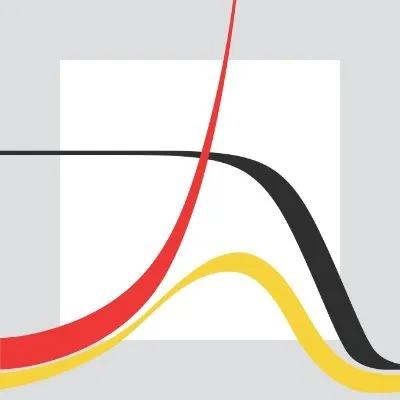Join Jonas Schöley from the Max Planck Institute for Demographic Research (MPIDR) for a Leverhulme Centre for Demographic Science Seminar on the phenomenon of the "birth hump", the excess risk of death associated with the transition of birth.
The talk will take place at Nuffield College on Monday 15 May, 14:15-15:30 BST. Please email LCDS.Office@demography.ox.ac.uk by Friday 12 May if you would like to join in person or online. More information can be found here.
You can also join Alison Buttenheim from the University of Pennsylvania on Tuesday 30 May for an LCDS Seminar on whether behavioural economics boosted COVID-19 vaccine acceptance, using evidence and insights from WEIRD (Western, Educated, Industrial, Rich, and Democratic) and LMIC countries. Find out more here.
Talk title: The birth hump – A shape decomposition of perinatal excess mortality.
A natural timescale for studying the effect of labour on the survival of a cohort is the age of gestation measured in weeks since the last menses of the mother. Unlike chronological age, the gestational time scale allows for existence before infancy, thereby making it possible to study birth as a transition. On the aggregate level, this transition appears as a "hump" in an otherwise exponentially declining hazard of death for a cohort of fetuses as we follow them on their way into life. In this talk, Jonas will discuss his research studying this gestational age pattern across multiple populations with a particular focus on describing the phenomenon of the "birth hump" – the excess risk of death associated with the transition of birth.
Bio: Dr Jonas Schöley
 Jonas Schöley is a statistical demographer studying mortality across the life course. His studies on fetal and infant death elucidated the role of mortality selection and the birth transition in shaping early life age patterns of mortality. During the COVID-19 pandemic Schöley published timely international estimates of life expectancy deficits and excess mortality.
Jonas Schöley is a statistical demographer studying mortality across the life course. His studies on fetal and infant death elucidated the role of mortality selection and the birth transition in shaping early life age patterns of mortality. During the COVID-19 pandemic Schöley published timely international estimates of life expectancy deficits and excess mortality.




